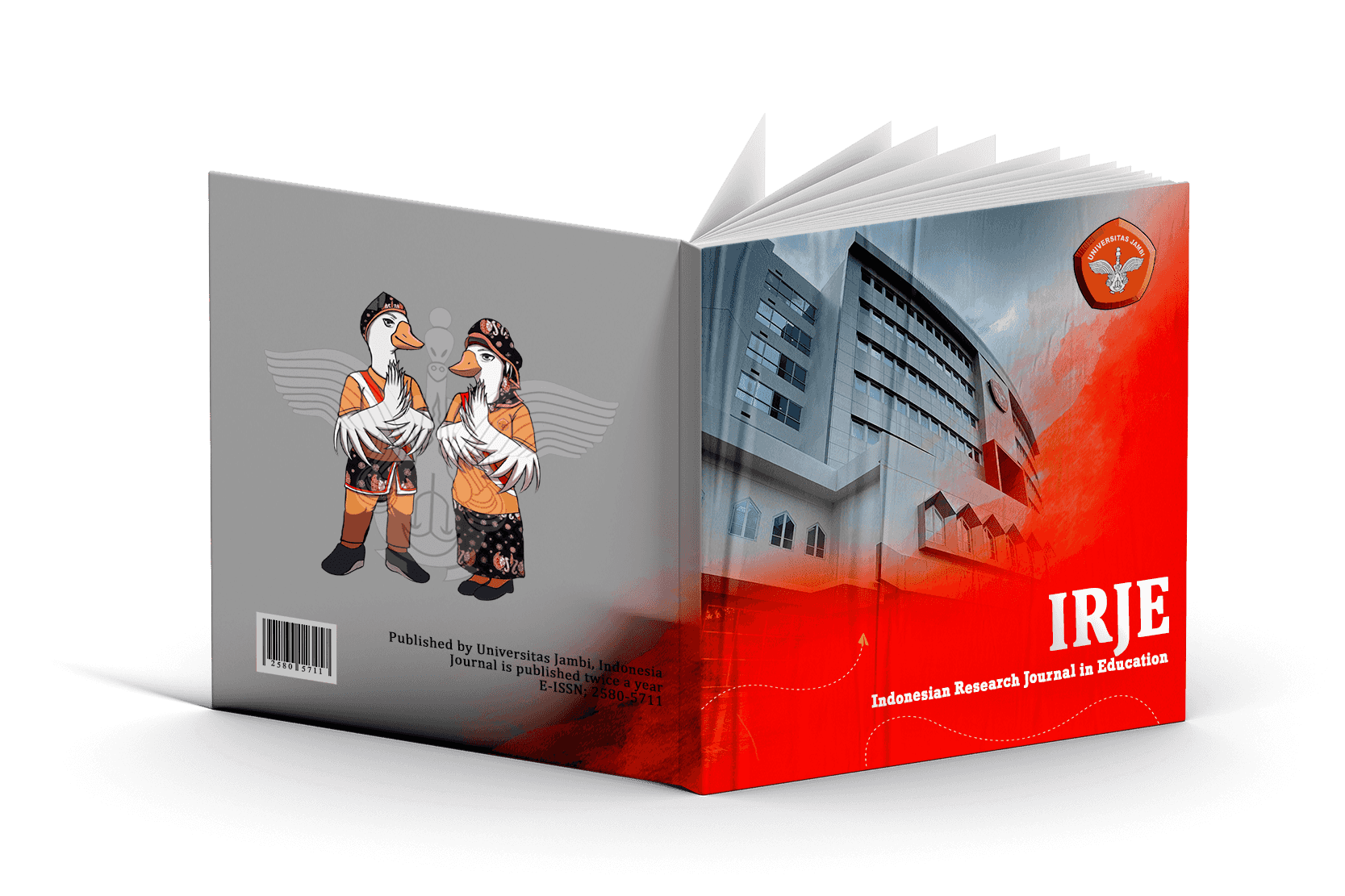Learning from the Cultural Legacy: Traditional Learning Strategy of Basandi Syara’ and Syara’ Basandi Kitabullah in the Ulu Ambek Dance
DOI:
https://doi.org/10.22437/irje.v9i01.31705Abstract
This research analyzes Ulu Ambek dance’s presentation and explores the adat’s symbolic meaning: "basandi syara’, syara’ basandi kitabullah." The study employs a qualitative approach with a descriptive method. The data is collected through literature review, observation, interviews, and documentation. The findings indicate that the Ulu Ambek dance symbolizes various social and cultural values, such as intergenerational relationships and respect for elders. The dance movements include sambah, which reflects obedience and the relationship between humans and the creator. The dance features two movement patterns: malalu (attack) and ambek (defense). The five main movements in Ulu Ambek are Ambek Sampiang, Ambek Cincin, Ambek Gewang Baju, Ambek Deta, Ambek Urek Tunggang. Additional movements present today serve to embellish the dance. There is no physical contact between dancers, distinguishing it from silek.
Downloads
Downloads
Published
How to Cite
Issue
Section
License
Copyright (c) 2025 Indonesian Research Journal in Education |IRJE|

This work is licensed under a Creative Commons Attribution-NonCommercial-ShareAlike 4.0 International License.
After the manuscript is accepted for publication, authors will be required to sign a copyright transfer form. Copyright will be transferred to Jambi University, the Graduate School, Doctoral Program in Education, via e-mail. A copyright form will be sent to you via e-mail after the accepted manuscript has been submitted.





